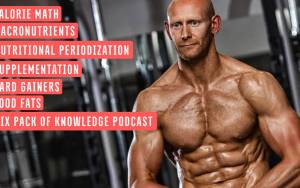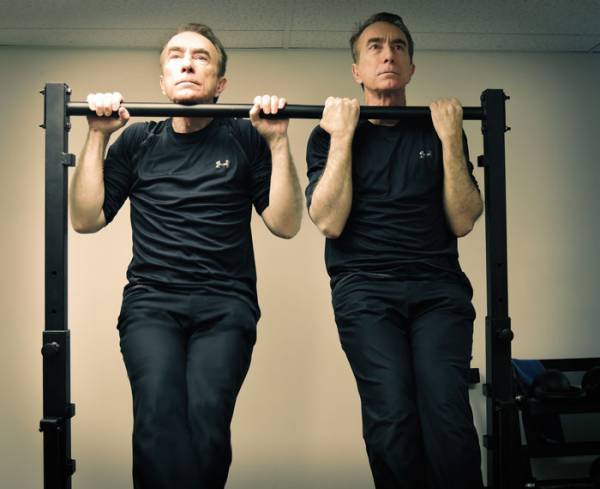Nutrition for Building the Most Muscle Possible
 By the end of this episode, you will have all the information you need to plan your muscle building diet plan.
By the end of this episode, you will have all the information you need to plan your muscle building diet plan.
In this episode, I'll explain exactly how I think you should eat to get as much muscle as possible.
Most people exercise their asses, but they build very little muscle. That result is because they are only fighting half the battle.
Continue reading











